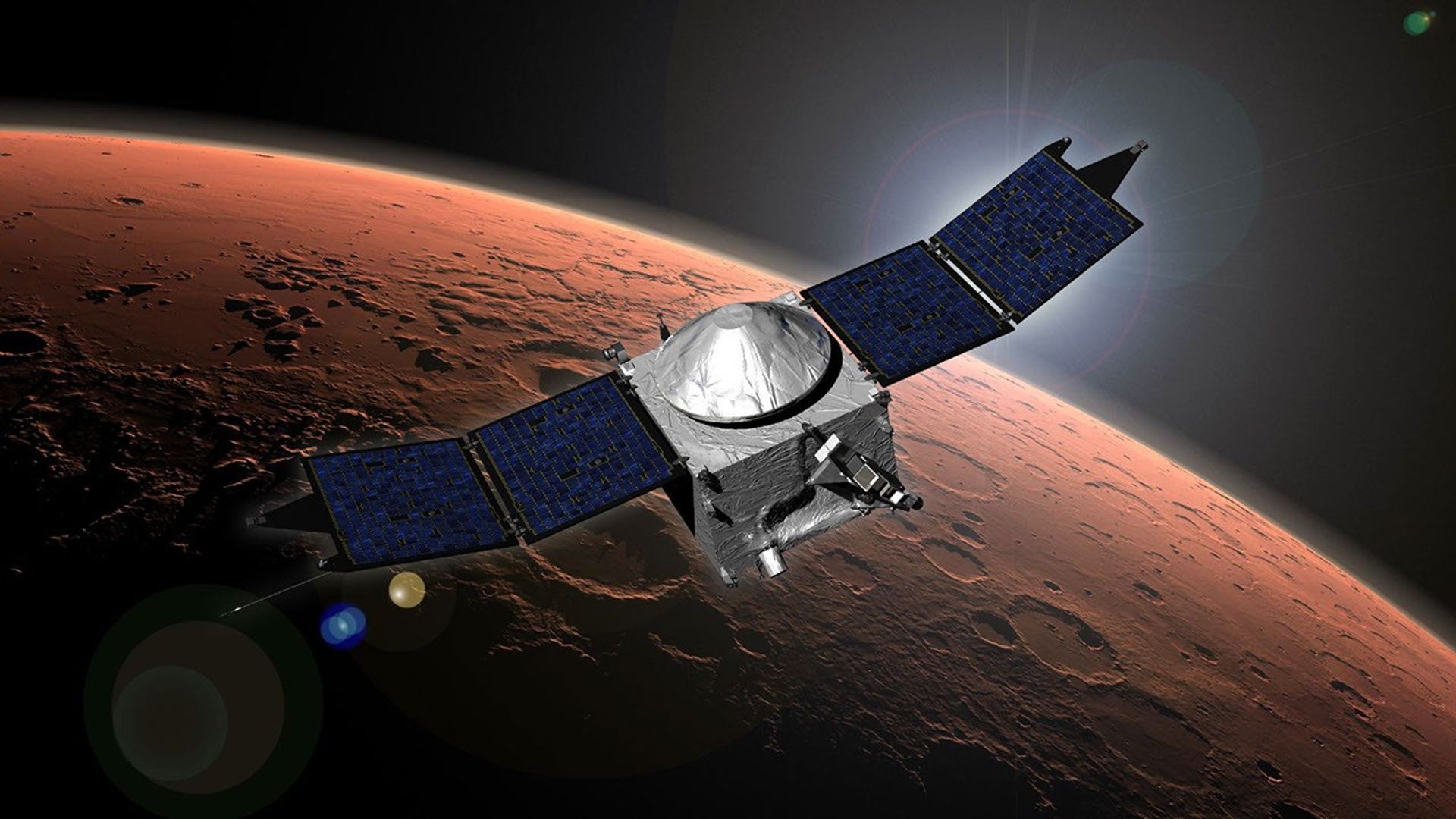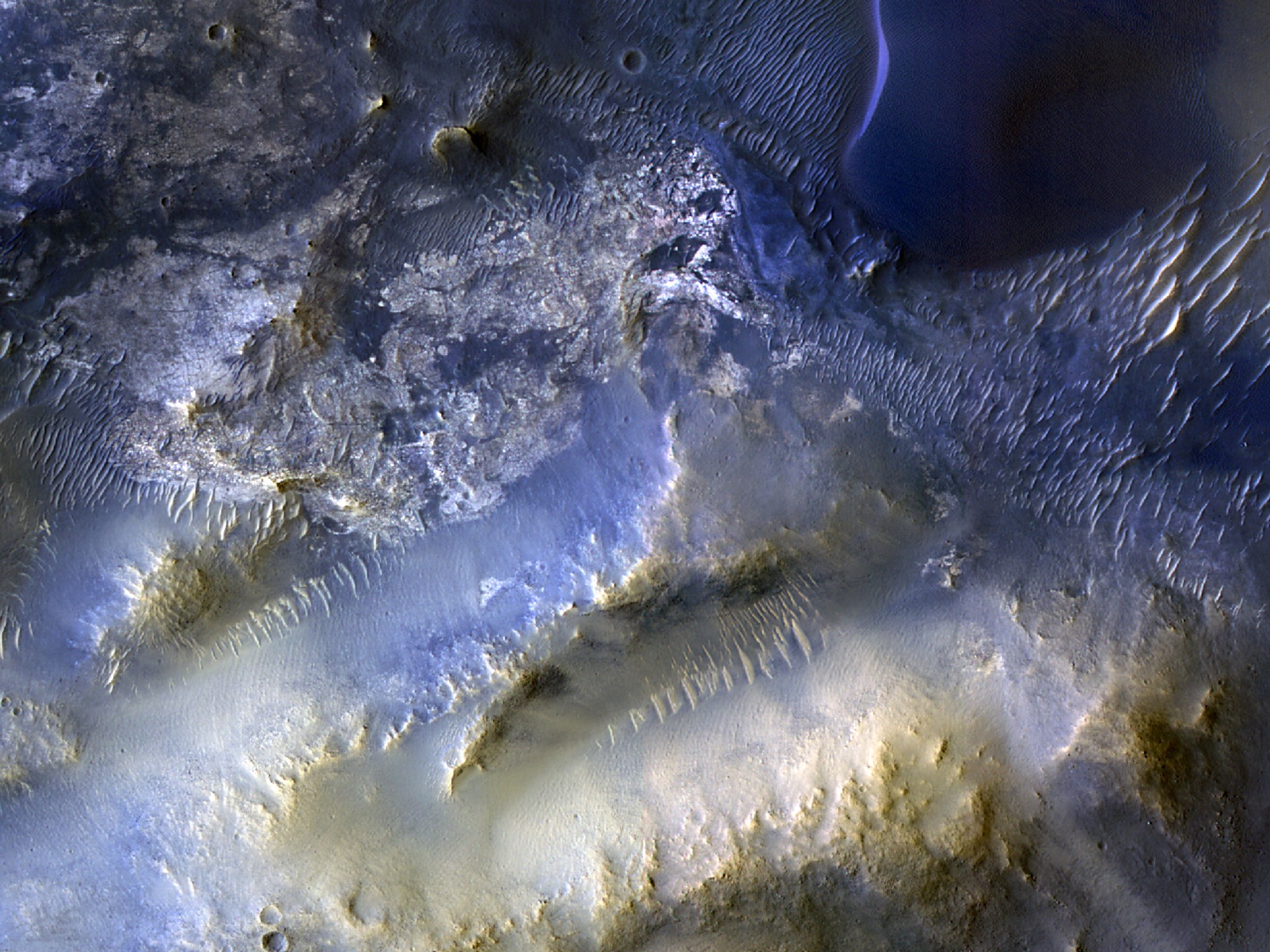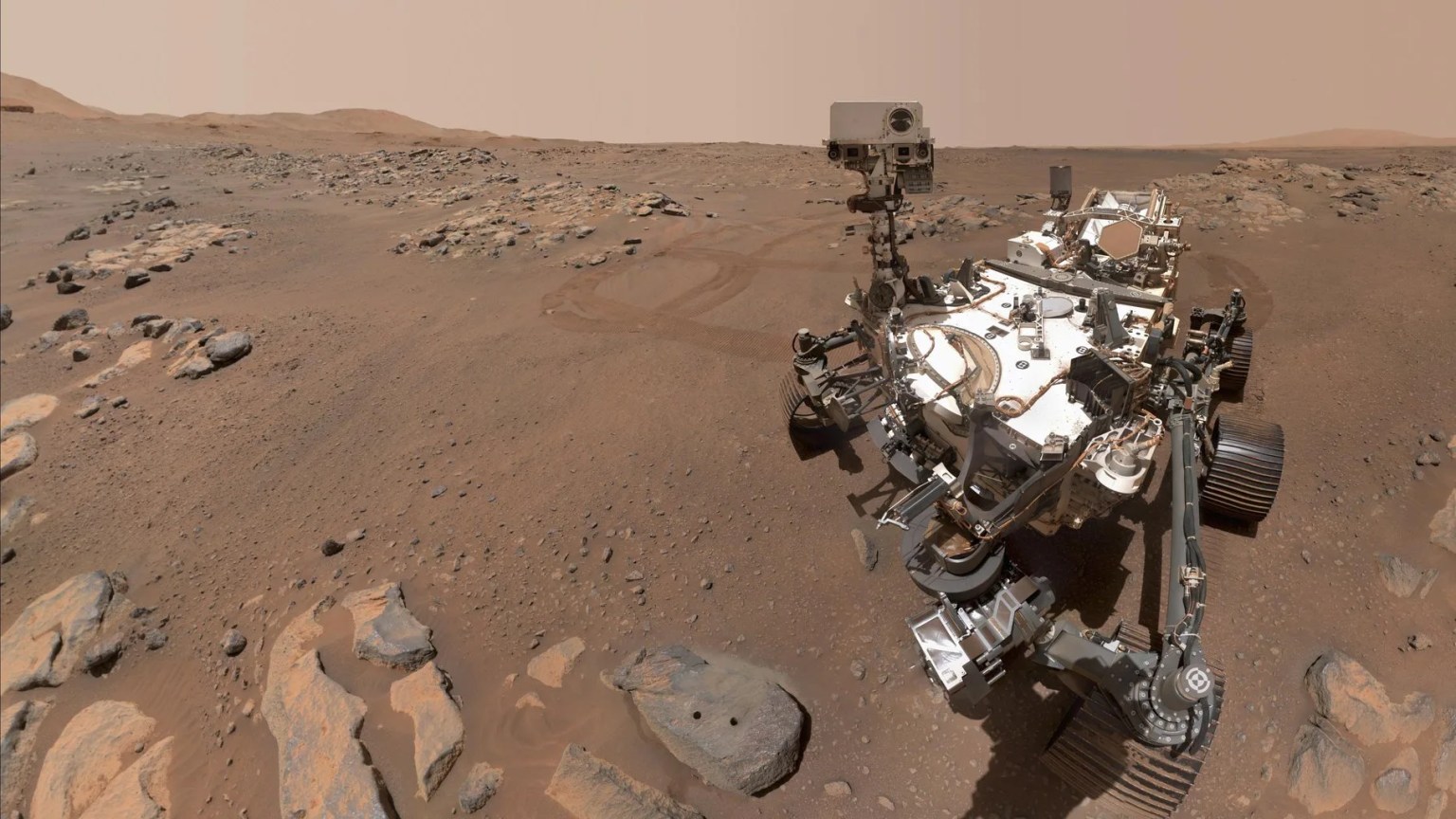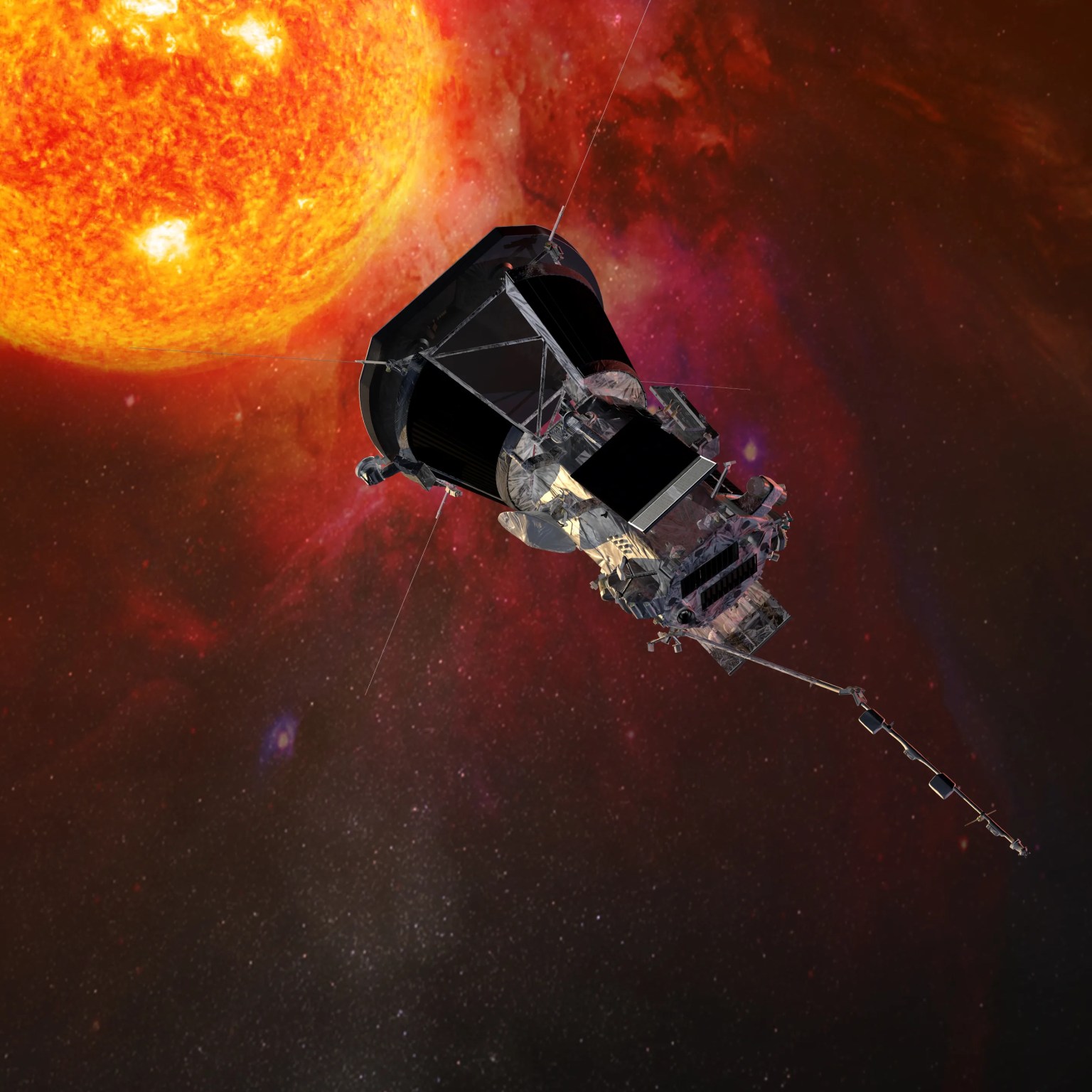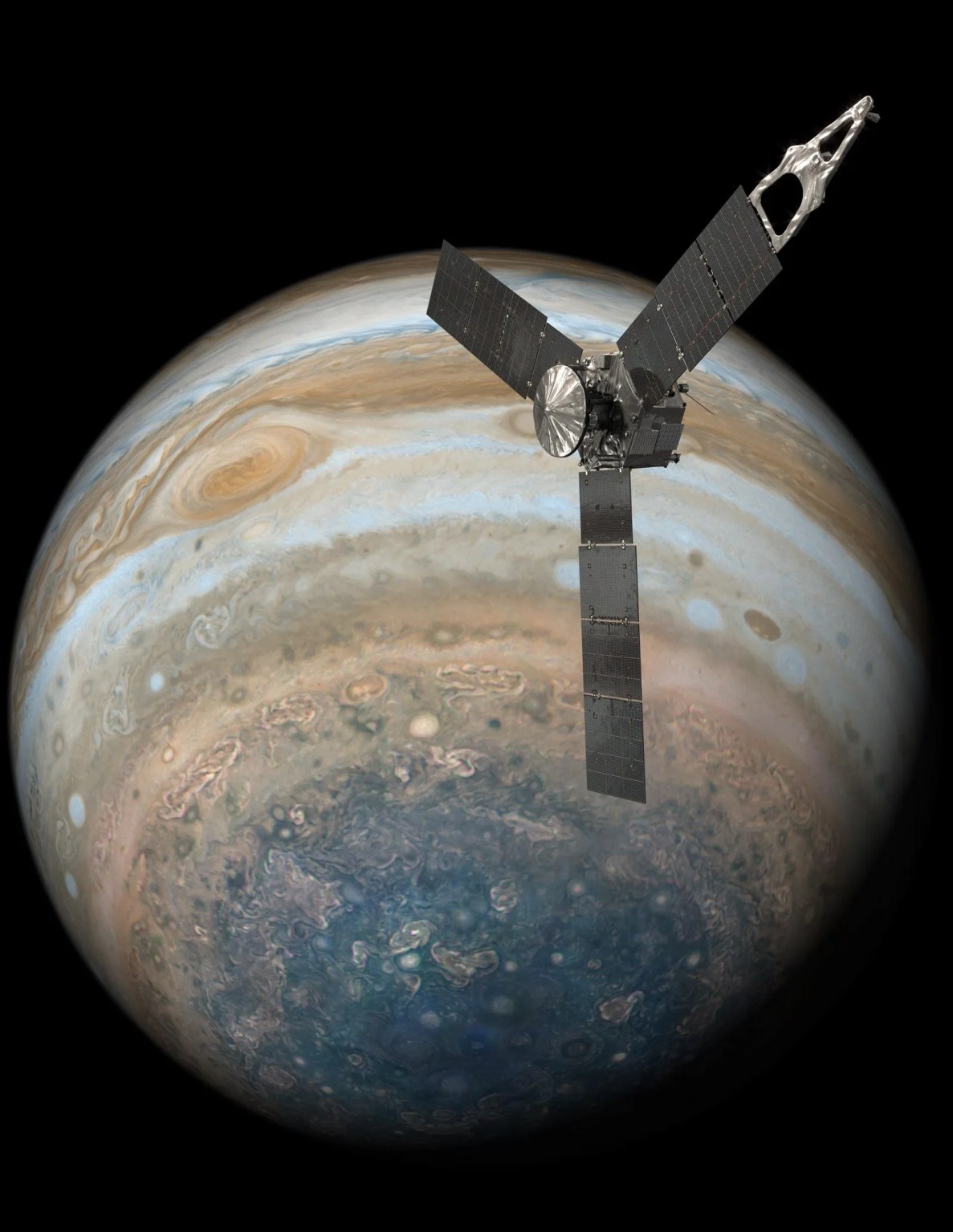Mars Climate Orbiter
Occurred 26 years ago
Type
Orbiter
Launch
Dec. 11, 1998
Target
Mars
Status
Unsuccessful
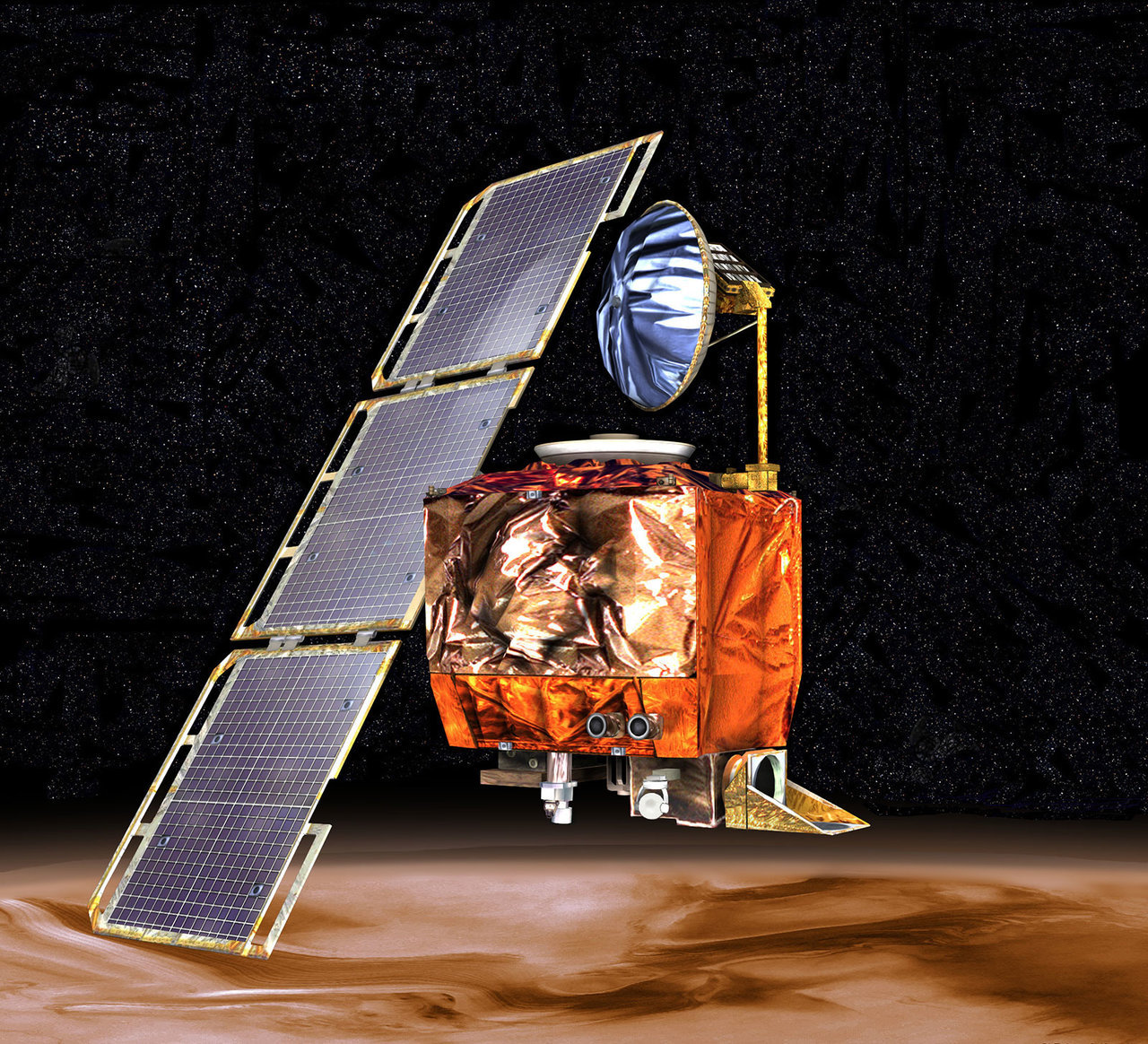
An artist's concept of Mars Climate Orbiter.
NASA/JPL-Caltech
About the Mission
Designed to study Mars from orbit and serve as a communications relay for the Mars Polar Lander and Deep Space probes, the Mars Climate Orbiter was unsuccessful due to a navigation error caused by a failure to translate English units to metric.
Ground software used English units, while onboard software worked in metric. The discrepancy caused errors in trajectory calculations which sent the spacecraft too close to Mars.
Last contact with the spacecraft was on Sept. 23, 1999, nine months after launch, and an investigation found that the spacecraft burned up in Mars' atmosphere.
Key Facts
| Launch | Dec. 11, 1998 |
| Launch Site | Cape Canaveral Air Force Station, Florida |
| Launch Vehicle | Delta II |
| End of Mission | Sept. 23, 1999, lost on arrival |



























